Accelerate your procedures with Best Business Plan Templates. Obtain DocHub’s online library to discover, complete, and distribute relevant planning forms across various teams.



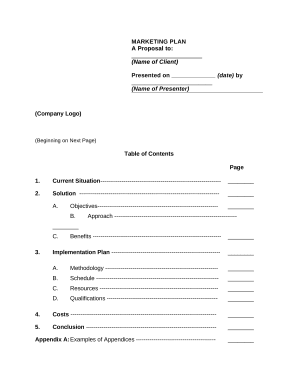
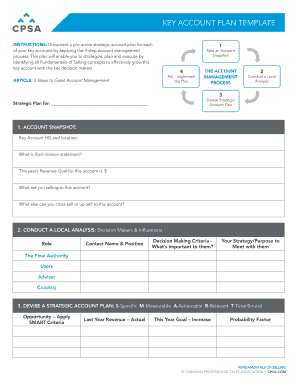
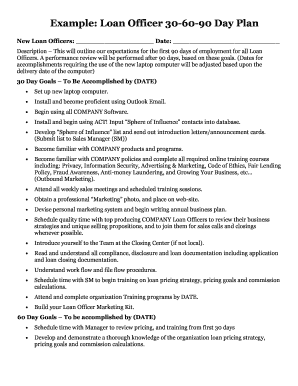
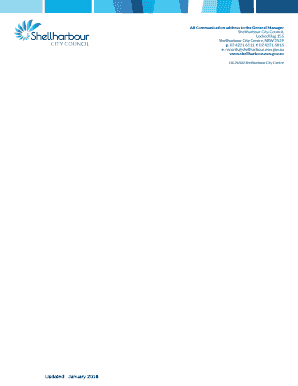

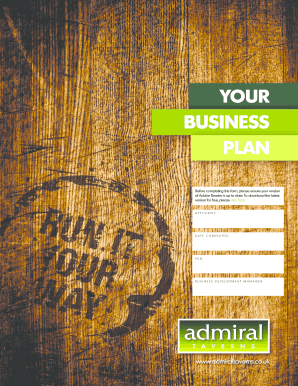
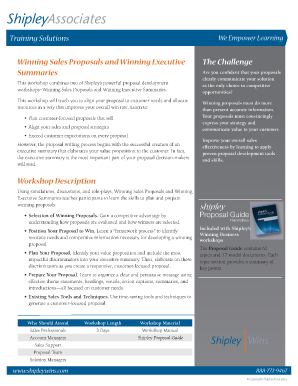
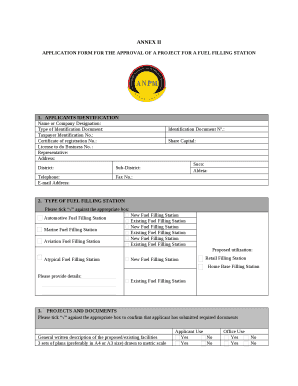
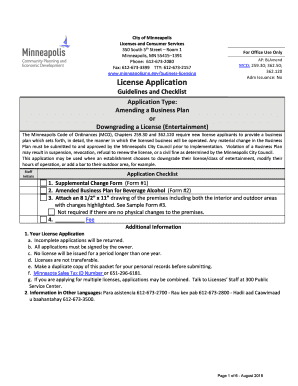
Document managing takes up to half of your office hours. With DocHub, you can reclaim your office time and increase your team's productivity. Access Best Business Plan Templates collection and check out all document templates related to your day-to-day workflows.
The best way to use Best Business Plan Templates:
Accelerate your day-to-day document managing with the Best Business Plan Templates. Get your free DocHub account today to discover all forms.